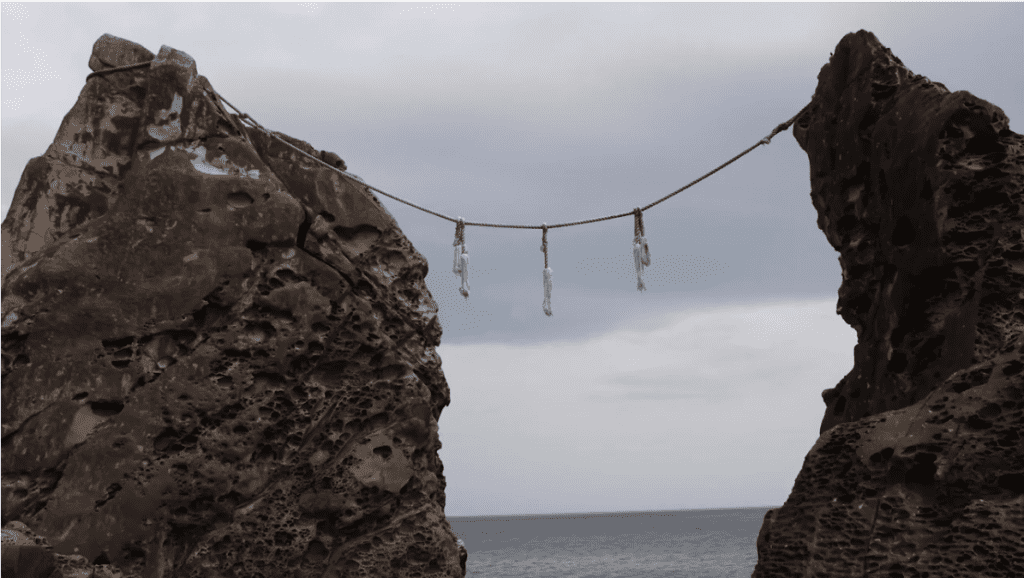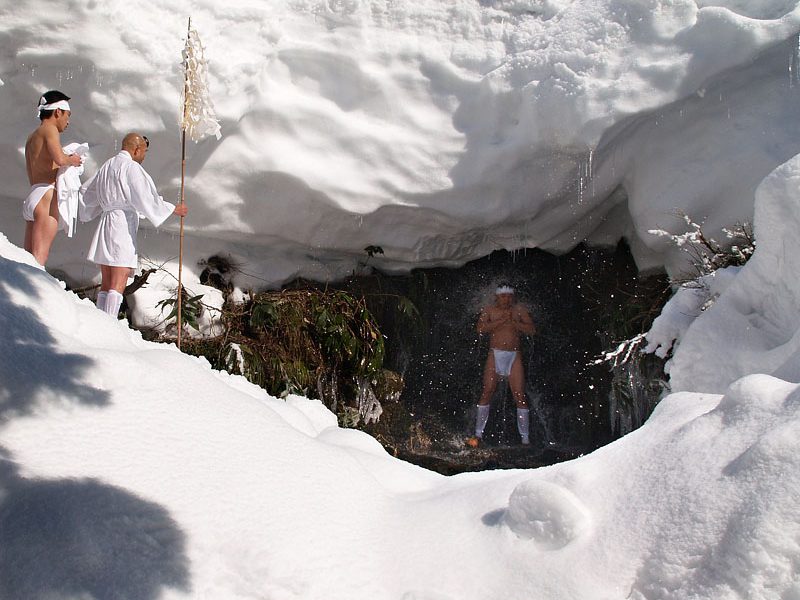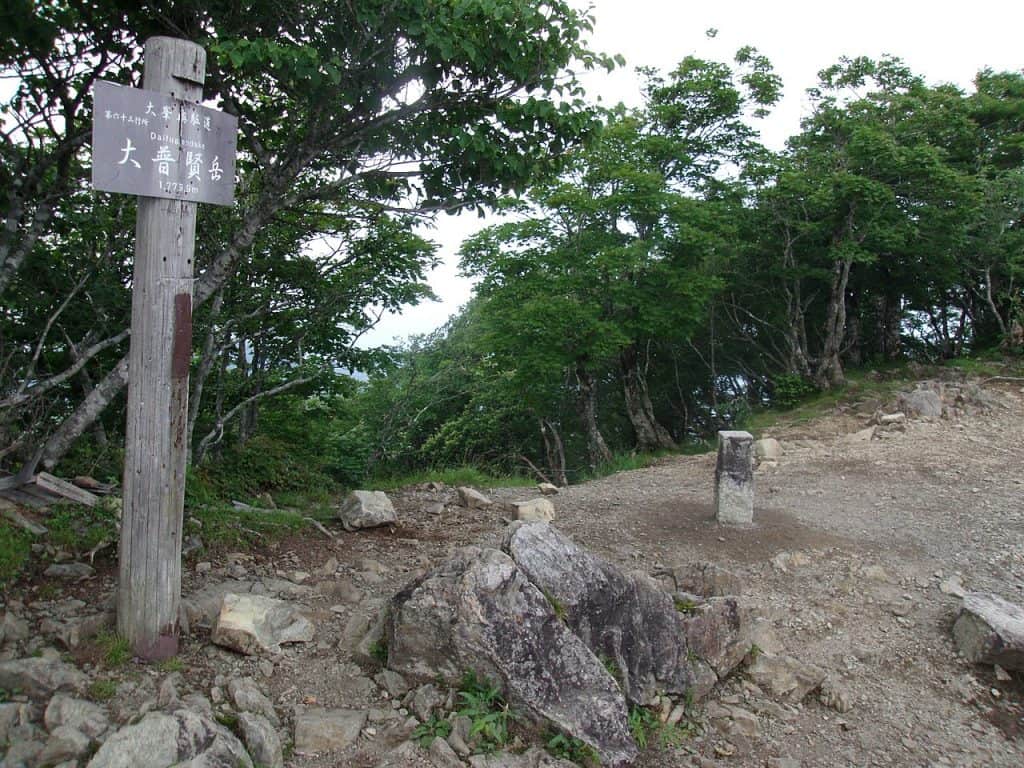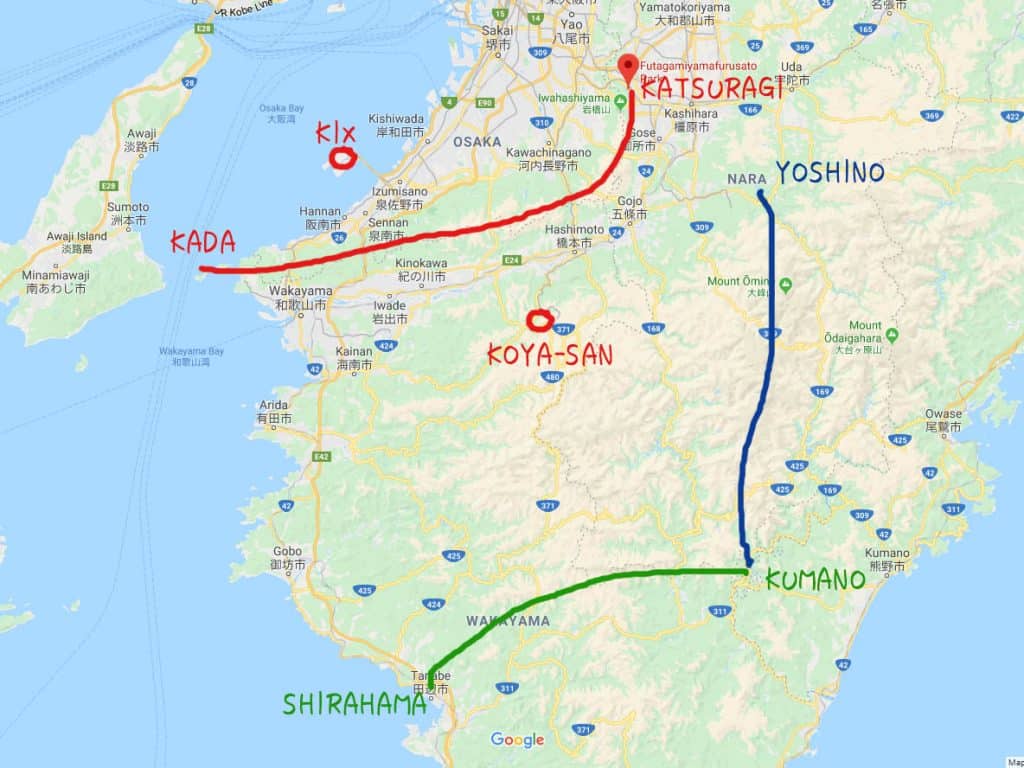Kumano, Shu-gen-do and more!
Following from the previous blog entry, after the visit at the Furuya house, we had lunch with the city hall staff and other consultants and I spoke about the Kumano Kodo pilgrimage route and how many European tourists skip the beaten track and head straight to the Koya-san monasteries.
(If you are not familiar, the Kumano Kodo is a 4 to 6 days pilgrimage trail also designated as a UNESCO World Heritage Site in Wakayama prefecture)
Wouldn`t it lead to positive results both culturally and economically to appeal to these tourists rather than opening yet another aquarium with jumping dolphins?

My comment was maybe superficial – also considering the fact that I did not yet walk the Kumano route myself.
I just felt that if we had to find the Hannan hidden potential it was probably not on the tetrapods of the reclaimed shores but rather on the trails connecting Sakai to Mino and to Koya-san.
This generated a very interesting conversation about Shugen-do and maybe with some potential to change the destiny of the area.
Shugendo is a syncretic theosophy, with some similarities to the shamanism of the American Indians or the celtic druidism at its base (just to add another layer of syncretism…)
Shu-gen-do (literally: PRACTICE + MIRACLE + PATH) is the “path to gaining special powers as the result of training”. It was founded by En no Gyoja in the VII century and combined elements of ancient pre-Buddhist, Shinto worship of nature together with the doctrine and ritual of esoteric Buddhism (Mikkyo), Taoism, Onmyōdō, astronomy, medicine etc.

The Shugen-do practitioners are also known as Yamabushi and have to spend time in the mountains (one trip for each season, 4 times a year) and learn from nature the truth about life. Thanks to this experience, they gain knowledge of curative herbs and in the past acted as healers and were believed to have superpowers. (As a side story, many ninjas used yamabushi techniques for fighting and disguised under the robes of pilgrims.) You can find a lot of information on the internet about yamabushis: let me just add one comment (as I did not find it elsewhere) : the best definition of what “Yama”-“bushi” are can be found in the literal reading of the kanji: “mountain” + “human + dog”: in the sense that practitioners seek freedom from the control of their rational mind to become like animals a part of nature and understand its rules and power.
Shugendo was outlawed by the Meji government as the newly established Emperor was aiming at creating a simple pyramidal structure where he was the chief of a depurated Shinto religion and therefore Buddhism and Shintoism had to be forcibly separated.
(Before then, most of the sacred sites included Buddhist and Shinto buildings side by side, as you can still see in Asakusa – which is now an exception).
In any case, the Yamabushi continued their training in secret until they were rehabilitated after WWII. During the years of concealment, Shugen-do was mainly absorbed within the Shingon Buddhism and Tendai Buddhism influencing its present structure and rituals.

But the core component of Shugen-do is very simple and there is no sacred text or theory. You just have to walk (in silence) in the mountains and go through trials like climbing a steep cliff, meditate under a cold waterfall or walk on fire. Nature will teach you the truth about life, without the necessity for any interpretation or mediation. No theory, just do it!
Isn`t it powerful?
There were hundreds of holy mountains providing the challenges and the teachings necessary to become a wise man but the most famous areas for wanderers are:

- The now lost paths of Mino (north of Osaka) and Ikoma mountains where En no Gyoja, fascinated by the red maple leaves started to develop his practices.
- The most famous of all times is the Omine mountain range which includes the Kumano, Kinpusen and Yoshino super-holy sites, making it the mecca of the “mountain wisdom seekers”.
- Koya-san was not properly a Shugen-do site but of course distinctions were much more fuzzy in the past. It is technically part of the Kii-Omine mountain range but it is so sacred that I am listing it separately. Koya san was connected to Sakai and Osaka by a pilgrimage route.
- Dewa Sanzan – the Three Sacred Mountains in Yamagata prefecture (north-west Tohoku). Mount Haguro, “the mountain representing the existing world,” Mount Gassan, “the mountain representing the past,” and Mount Yudono, “the mountain representing the future,” alone can teach you everything you ever hoped to know … and more!
- Hakusan (lit. white mountain) is the collective name for a number of sacred Japanese mountains that converge along the borders of four prefectures (Ishigawa, Fukui, Gifu, and Toyama) in northwest Honshū From early on, Hakusan was known as a “mountain realm inhabited by kami” and banned to normal people.
- The Isu peninsula with its ancient hot springs holy sites and Shinto-Buddist – one thousand handed Kannon statues
- Mt. Ontake in the Kiso Region (Nagoya)
- The Katsuragi mountain in Nara prefecture
- The Ishizuchi mountain in Shikoku Island
- Last but not least, Hiko-mountain in Kyushu featuring giant buddhas carved in the cliff.

The practice included some rituals before “entering-into-the-peak” (nyubu girei) but as those traditions were handed down orally, there are very few traces remaining nowadays. But most importantly (and here I am coming to the point of this long entry) each path consisted of a number of stages: practical experiences to be done in order to absorb the wisdom from nature. These stages were marked by stone tablets or kannon statues, so that the practitioners could understand where to stop and what hint to look for. The Omine path has en route 75 ascetic practice stages called “Nabiki“.
Other paths consist of 33 stations, symbolic of the 33 manifestations of Kannon Bodhisattva.
And here is my idea and proposal. Did you know that the twenty-eight chapters of the Lotus Sutra were buried among the peaks in the Katsuragi range which extends from Futagamiyama (Nara) to Kada (at the gates of Wakayama)? At present only a few stations are known (#1 being a cliff in Tomogashima and #7 being a cold waterfall).
Also, it is amazing that the Katsuragi route would connect to the Omine and the Kumano pilgrimage route forming a triangle.
Onigashima is the island with the spectacular ruins of the Japanese Imperial Army batteries which is worth a visit alone! And there are 26 sutras that are waiting to be found in the mountains leading back to Yoshino, in the heart of the old country of Yamato, the heart of Japan.

Don`t you think it would be extremely thrilling to re-discover the forgotten Shugen-do path together with its treasures of wisdom?
The location is also ideal making it easy for the visitors of Koya san to intercept at least some stations. Also, being the Katsuragi mountains quite low it would be possible to cover the pilgrimage in 2 days creating an introductory experience for those who could then decide to wander the Kumano or Omine range on their next trip.
It would be culturally exciting – and I think also commercially successful to rediscover and restore in a non-invasive way the old Shugen-do Katsuragi path and all of its 28 stations. What do you think?
Giving it a try, instead of just wrapping ourselves in theoretical thinking.
Learning while experiencing this wonderful World we have all for us: isn`t it the perfect antidote against the invisible force that sucks our time and confines our lives behind a virtual facebook avatar?
I would appreciate it if you let could let me know your opinion about such a project (via email or by commenting below) as I could use these data to convince the authorities to look at concrete ways to implement the project.
I know, it is not an easy way but – hey! – if it was easy what is the point?

Leave a Comment